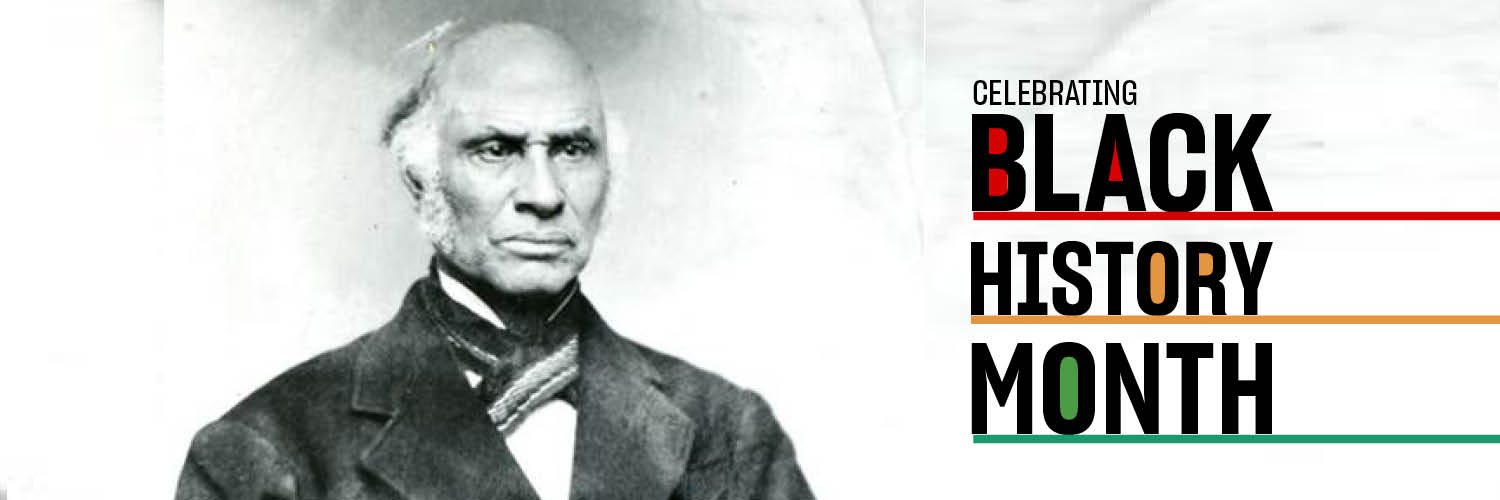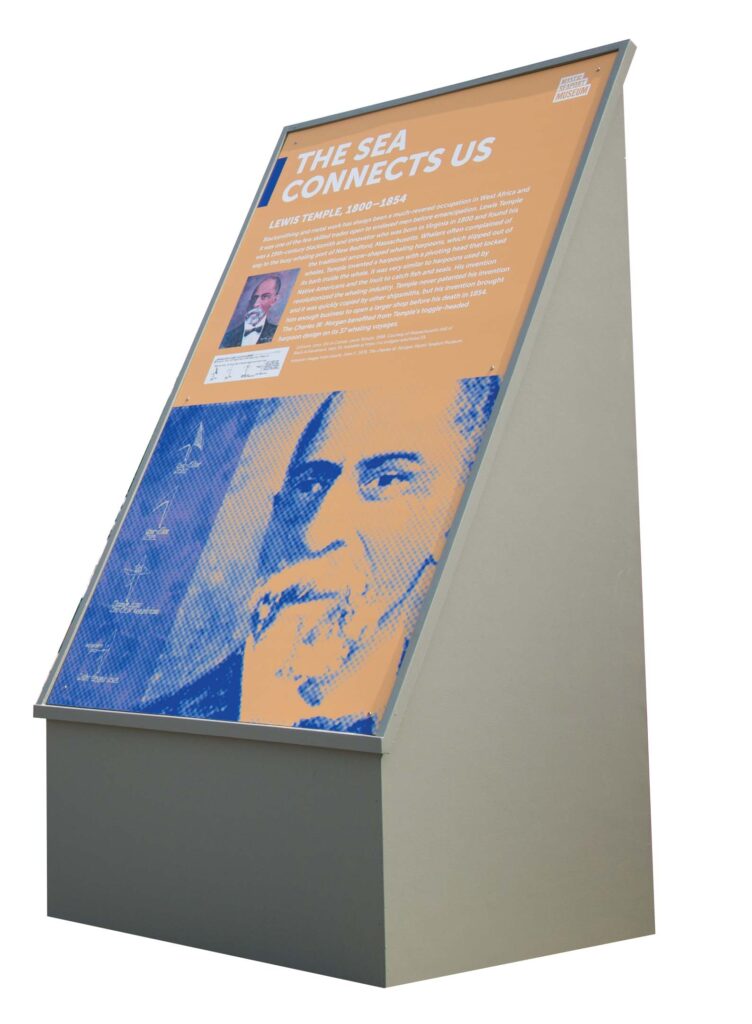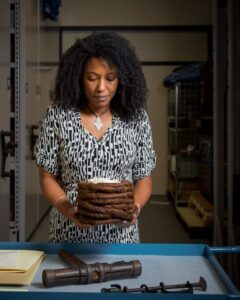
Help us celebrate the achievements of Black Americans. Black History Month was proposed by black educators and the Black United Students at Kent State University in 1969 and was officially recognized by President Gerald Ford as part of the nation’s Bicentennial in 1976.
At the Museum, we are working continually to advance the mission and purpose of this celebration. This month we will have a series of events & lectures, as well as spotlight exhibits and items from our collection showcasing the impact of Black Americans in our maritime history. Our work is ongoing and we look forward to sharing our discoveries and research this month and beyond. Check back often to see new content as it is added!
Letters From the Colored Sailor’s Home In The Mid 19th Century
The G.W. Blunt White Library manuscript collection at Mystic Seaport Museum recently offered up an exciting find in the form of reports and correspondence relating to the Colored Sailors’ Home(s) run by the American Seamen’s Friend Society in the mid-19th century. As the name suggests, these were boarding houses specifically for sailors of color; the one referenced here was located in New York City, and run by abolitionist…Read More

Join us for an invigorating moderated roundtable discussion.
This interdisciplinary conversation will highlight Black Excellence at sea and will include historical and contemporary Black maritime narratives. Through the voices of contemporary scholars and community members, the conversation will present a broad narrative of Black maritime experiences and perspectives and will help reshape the conversation about New England’s maritime histories. The educational and community-oriented conversation will encourage attendees to confront our shared history and adjust the conversation moving forward.
The event will be moderated by Akeia de Barros Gomes, PhD, the Senior Curator of Maritime Social Histories at Mystic Seaport Museum, Director of the Frank C. Munson Institute of American Maritime Studies and Visiting Scholar at Brown University’s Center for the Study of Slavery and Justice. Five phenomenal Maritime Scholars will share fascinating history and their remarkable work to reclaim and highlight Black Excellence.
The Sea Connects Us
An exhibit featuring stories of maritime history from diverse perspectives were installed throughout the grounds of the Museum this summer.

The panel pictured here tells the story of Lewis Temple, Jr., son of the black shipsmith who in 1848 invented the practical toggle harpoon which made capturing whales much more successful than it previously had been. Visit us today and read more about him and others while strolling the beautiful grounds of our Museum!
Other panels highlight:
Venture Smith, Hannah Miller, Captain Paul Cuffe, Maria Weems and Leah Green, Matthew Henson, and more!
Upcoming Exhibition: Museum Received Mellon Foundation Grant
Brown University, Williams College and Mystic Seaport Museum scholars will use maritime history as a basis for studying the relationship between European Colonization, dispossession of Native American land, and racial slavery.

Senior Curator of Maritime Social Histories, Akeia de Barros Gomes, examines oakum and a caulking mallet in the collection- both items that would have been familiar to African American abolitionist and orator, Frederick Douglass. While these particular objects have no direct ties to Douglass, he likely used similar tools as an enslaved caulker at a shipyard in Baltimore from 1835-1838. As a caulker, he worked to seal the seams of ship planks to make them watertight.
To learn more about Douglass and his maritime connections, visit the Mystic Seaport Museum Smithsonian Learning Lab:
75 Greenmanville Ave
Mystic, CT 06355
860-572-0711
info@mysticseaport.org
Copyright © 2021 Mystic Seaport Museum
75 Greenmanville Ave
Mystic, CT 06355
860-572-0711